

On the morning of July 14th, 2023, upon the invitation from the School of Environment and Energy at South China University of Technology, Professor Shuxiao Wang from the School of Environment at Tsinghua University and Chair Professor Zhicheng Zhang from the School of Environment and Energy at South China University of Technology visited and gave academic presentations on regional air quality related topics in the 215 lecture hall of the school. The event was hosted by the Vice Dean of the school, Professor Yun Hu, and attracted more than 140 teachers and students to participate in the in-depth academic exchanges.
During the presentation, Professor Shuxiao Wang introduced the Key Technologies and Applications for Accurate Control of Regional Air Quality which focuses on the significant environmental problem of air pollution and the urgent need for accurate, fast, and effective decision-making tools for regional air quality control. He introduced a set of advanced key technologies for accurate control of regional air quality. Professor Wang and his team first established a 3D numerical model for multiple-phase and multi-level reactions of organic compounds in the entire volatile range, which reduced the simulation error of PM2.5 and secondary organic aerosol concentrations by 50% and 75% respectively, accurately identifying the source of secondary organic aerosols in China, and achieving precise simulation of regional air quality. Secondly, they developed a deep learning-based emission-concentration rapid response model to rapidly respond to air quality changes, which broke through the rapid prediction of the effectiveness of short-term emergency emission reduction measures for severe pollution and supported short-term precise control for air quality assurance during major events. Finally, they built a cost-effective multi-objective and multi-pollutant collaborative control path optimization technology system and developed an integrated intelligent control platform for comprehensive scientific decision-making for atmospheric complex pollution, which helped to quickly and continuously improve the air quality of key regions and cities in China.
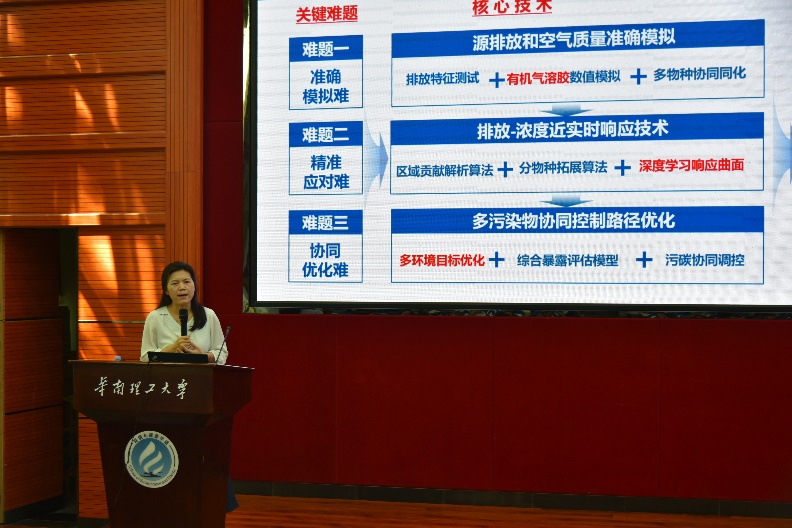
Professor Zhicheng Zhang shared the Development and Application of Response Surface Model Based on Deep Learning (DeepRSM) and the Multi-pollutant Air Quality Planning Tool (NEXUS). He proposed a Response Surface Model Based on Deep Learning (DeepRSM) for the rapid and accurate quantification of the air quality response to emission reductions, which accurately captures the non-linear response of PM2.5 and O3 concentrations to emission changes using neural network algorithms. Compared with traditional methods, this new model has higher computational efficiency and accuracy, providing important prerequisites for the development of effective atmospheric pollution control strategies. The research results have been verified in the United States and 10 climate regions, and combined with FAST-CE and RSM-VAT, have demonstrated the practicality and application potential of deep learning methods in capturing non-linear relationships. In addition, Professor Zhang also introduced the multi-pollutant air quality planning tool (NEXUS), which has been developed by the US Environmental Protection Agency for the past three years. The tool integrates multiple heterogeneous data sources and can quickly identify and screen regions with multiple pollution problems, quantifies the environmental risks to sensitive populations, and the contribution of various emission sources to the risk, providing scientific and technological support for cost-effective control strategies to address multiple air quality problems, environmental risks, unequal distribution of interests, climate risk, etc.
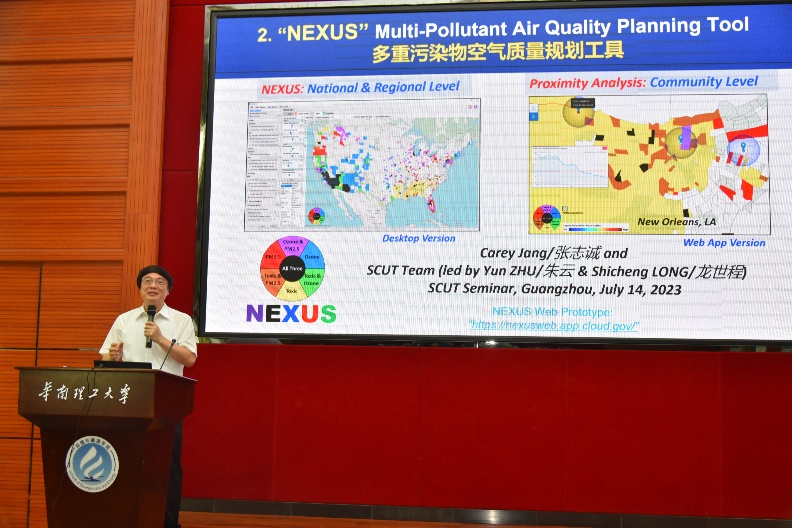
Both speakers pointed out that there are still many challenges in the prevention and control of air pollution, and the road to prevention and control of air pollution is long. Ecological environment technology innovation is a powerful tool to promote the solution of ecological environment problems. They encouraged and expected contemporary students to further promote the continuous improvement of air quality in key regions and cities in China, to help China achieve the blue sky target faster, and to make important contributions to building a beautiful China.
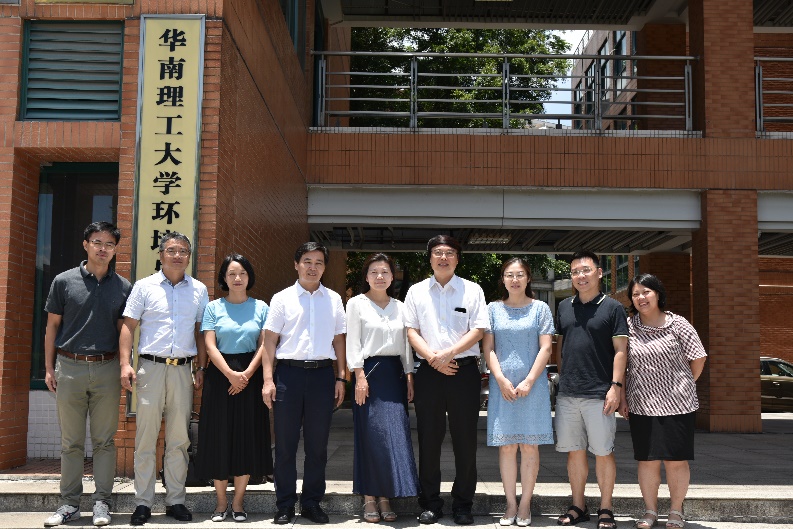
Brief introduction of the speakers:
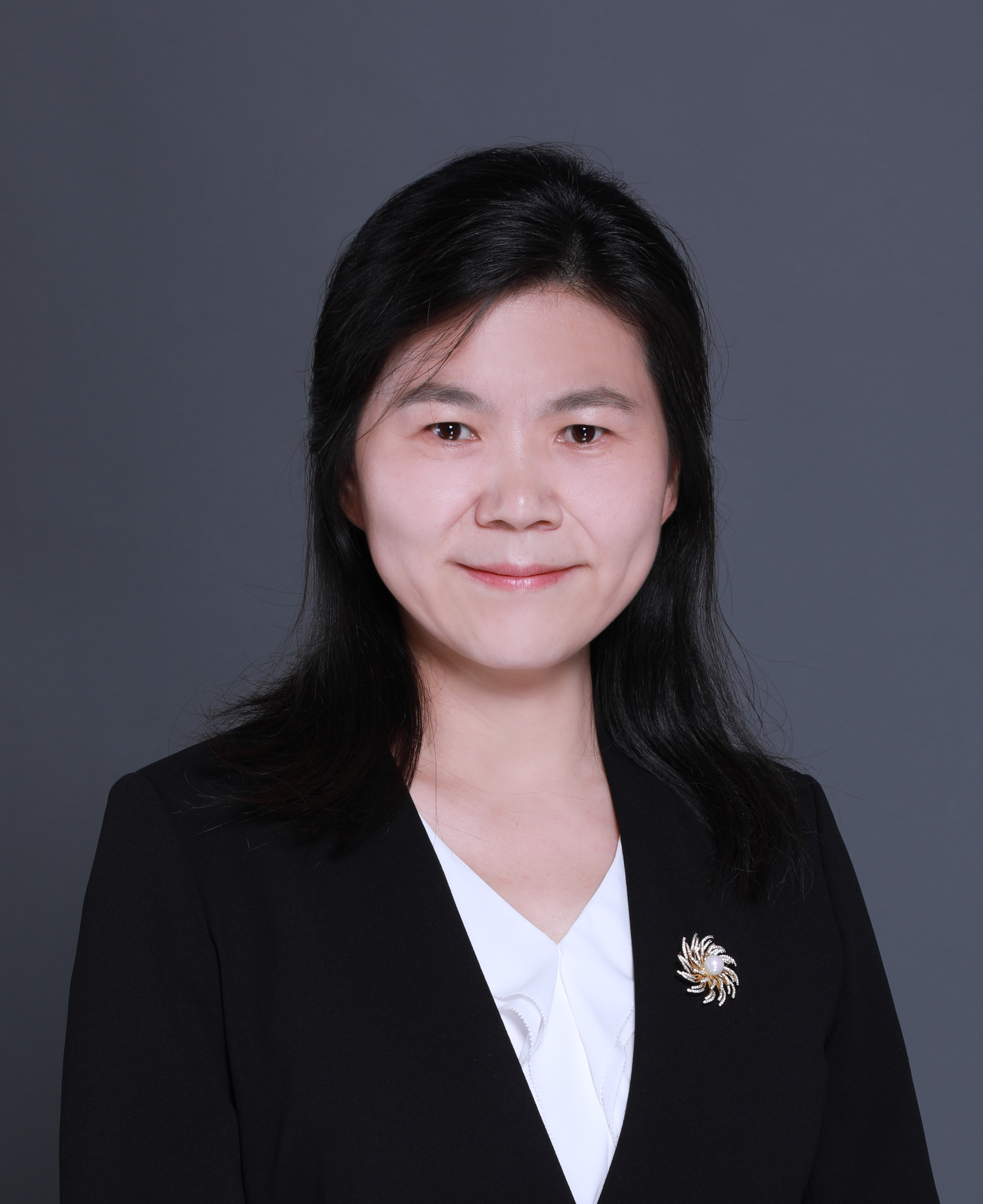
Shuxiao Wang, Professor at the School of Environment of Tsinghua University, Director of the Key Laboratory of Atmospheric Pollution Source and Control of the Ministry of Ecology and Environment, Head of the Key Field Innovative Group of 'Atmospheric Compound Pollution Governance' of the Innovative Talent Promotion Plan of the Ministry of Education, and Changjiang Distinguished Professor of the Ministry of Education. He is also the Associate Editor of ES&T and ES&T Letters, and Editorial Board Member of Journal of Environmental Management and Journal of Environmental Sciences. Professor Wang has been engaged in research on atmospheric pollution source and control, undertaken multiple scientific research projects, developed various technologies and models, and built a comprehensive scientific decision-making support system for atmospheric pollution prevention and control. He has provided important technological support for the formulation, implementation of the national 'Air Pollution Prevention and Control Action Plan' and air quality assurance for major events such as APEC. He has won numerous awards, including the Science Exploration Award, the Ho Leung Ho Lee Prize, the first prize of the Natural Science Award of the Ministry of Education, and the second prize of the National Science and Technology Progress Award. He has published more than 400 high-level papers in academic journals such as PNAS and ES&T, cited by more than 12000 times, and has an H-index of 55. He has been continuously selected as a 'Highly Cited Scientist' by Clarivate Analytics and a highly cited scholar in China by Elsevier since 2019.
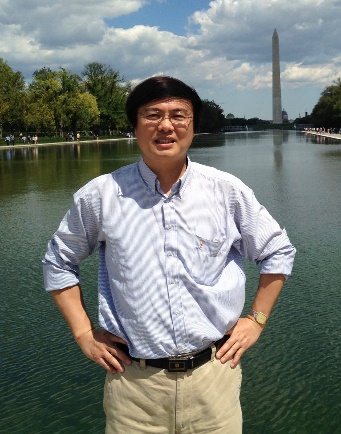
Zhang Zhicheng, a chair professor at the School of Environment and Energy, South China University of Technology. He obtained his Master's degree in Atmospheric Science from the University of California, Davis in 1988, and Ph.D. in Environmental Science and Engineering from the University of North Carolina at Chapel Hill in 1992. From 1992 to 1998, he worked as an environmental scientist at the North Carolina Supercomputing Center. From 1998 to May 2023, he served as a national-level expert and scientific advisor in the Air Quality Planning and Standards Division of the U.S. Environmental Protection Agency, specializing in climate change and air pollution prevention and control. With over 30 years of research experience, his primary research areas include urban and regional air pollution, international transport of air pollution, and global climate change. He has published over 100 high-level articles and presentations on regional and international air pollution and climate change, and has chaired or co-chaired more than 10 high-level international academic conferences and related technical trainings. Since 2009, he has led multiple international cooperation projects between China and the United States, closely collaborating with Professor Wang Shuxiao's team from Tsinghua University and Professor Zhu Yun's team from South China University of Technology. They have jointly developed the Response Surface Model (RSM) for air quality concentration changes due to pollution source emissions, built the Air Benefit and Cost and Attainment Assessment System (ABaCAS) and the Comprehensive Analysis System for Atmospheric Multi-Pollutant Risks (NEXUS), and promoted their applications in both China and the United States. Currently, his research focuses on the development and global application of the Greenhouse Gas and Atmospheric Multi-Pollutant Coordinated Emission Reduction Path Optimization Decision Support Platform (GCAM-ABaCAS), the development of the Response Surface Model Based on Deep Learning (DeepRSM)for near-real-time feedback of air pollution source emission changes and air quality concentrations, the construction and localization of a data linkage and dynamic analysis platform for multiple air pollutants, environmental justice, and climate risk elements, and the application of artificial intelligence technology in the field of ecology and environment in China.




